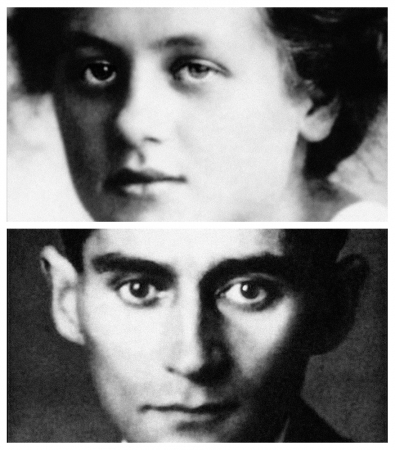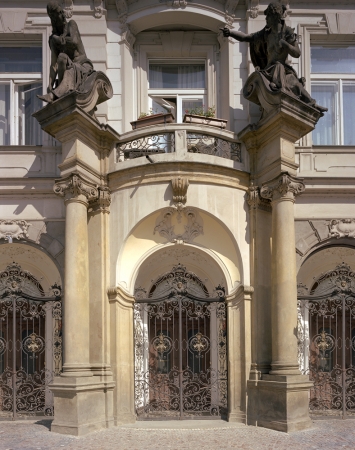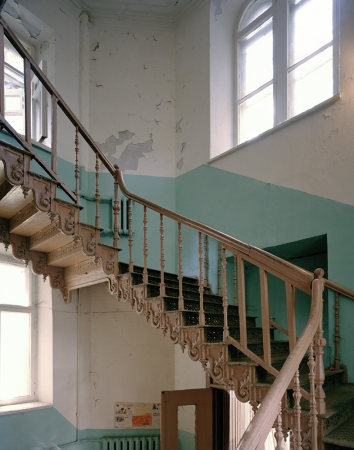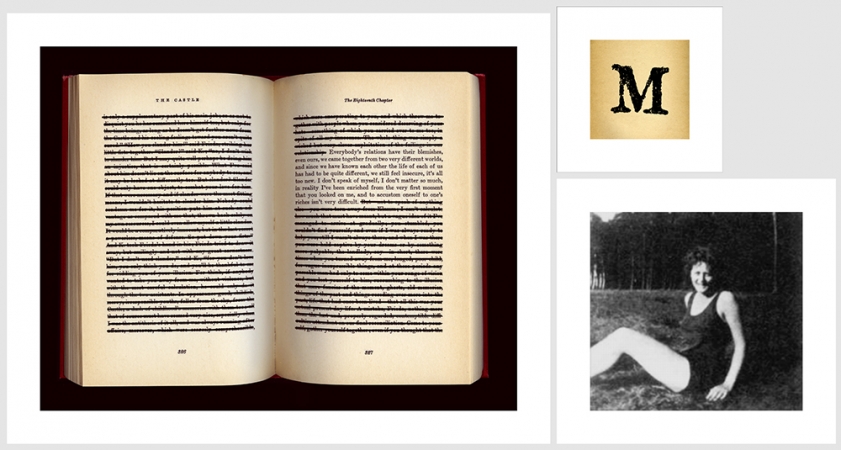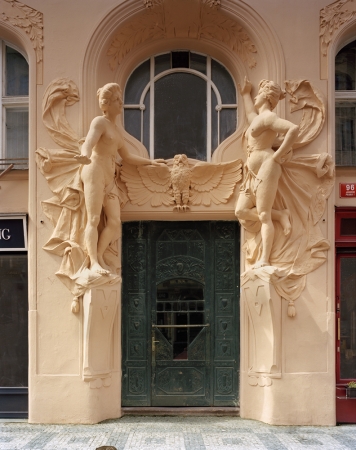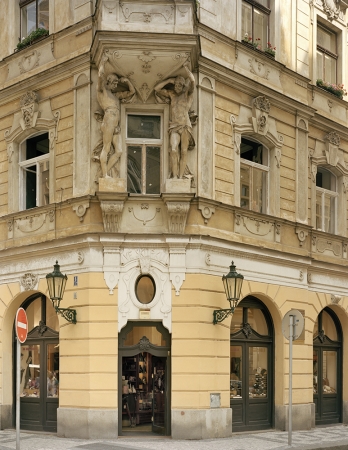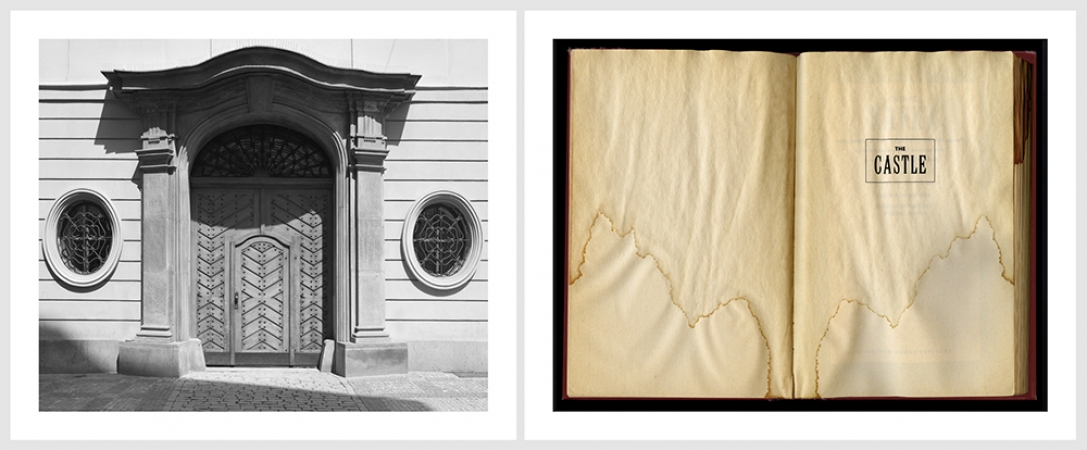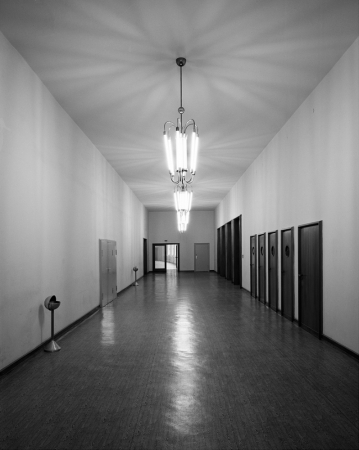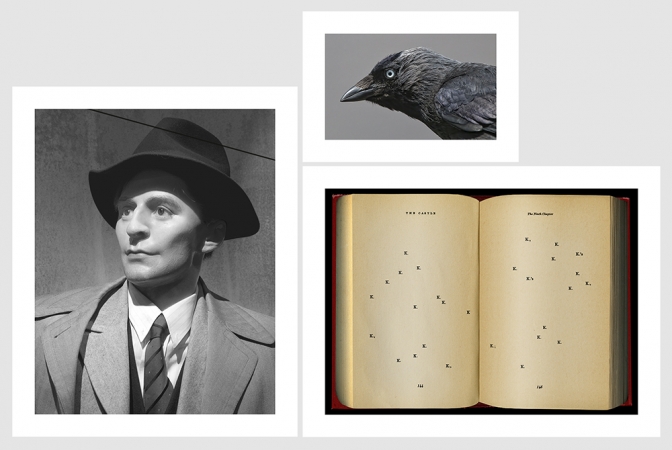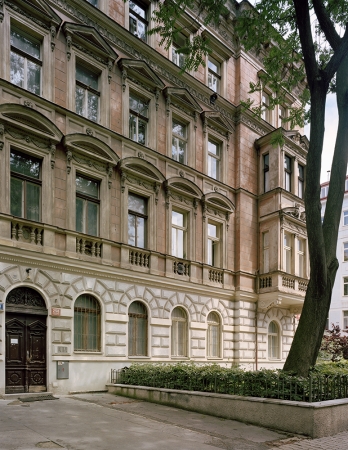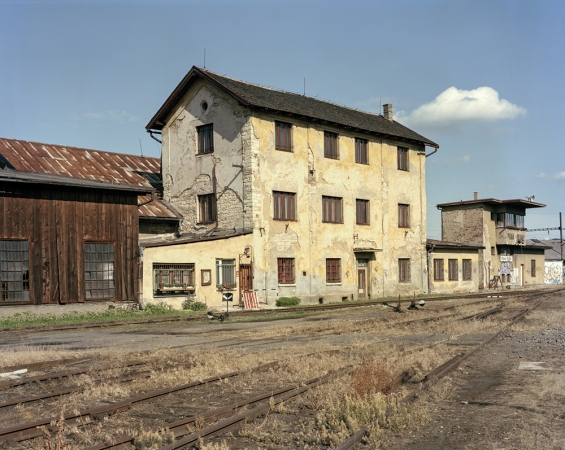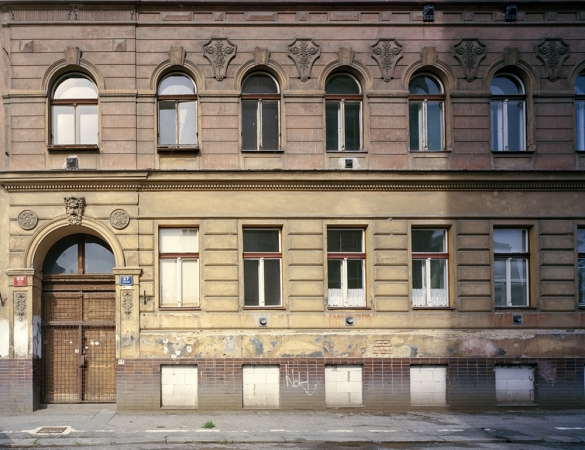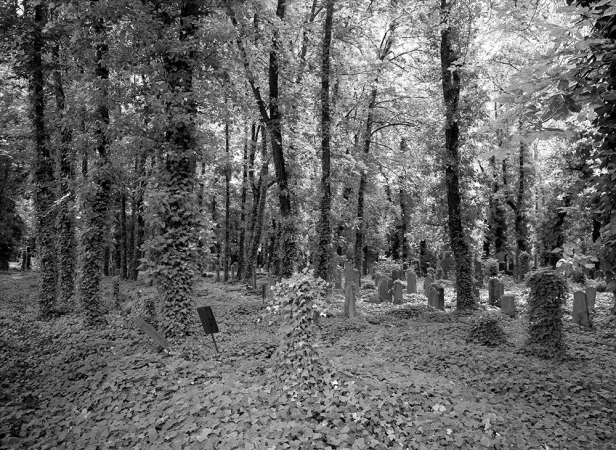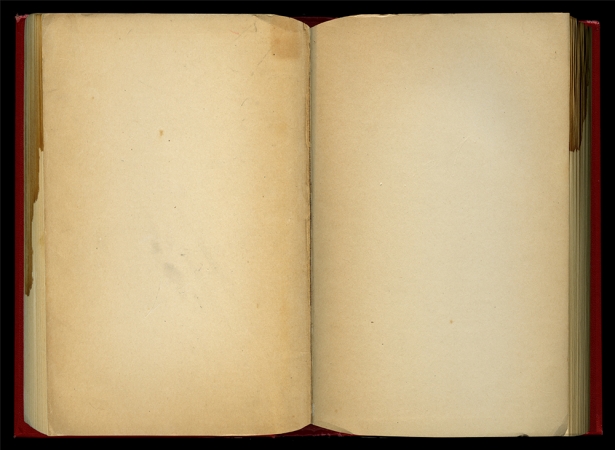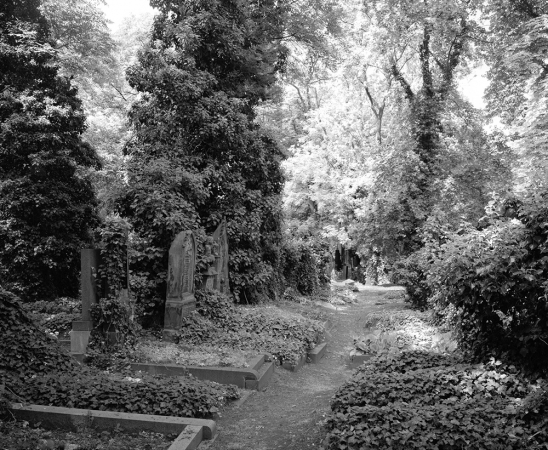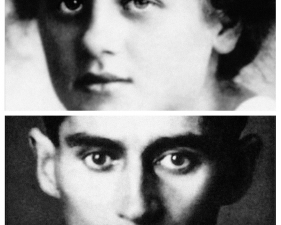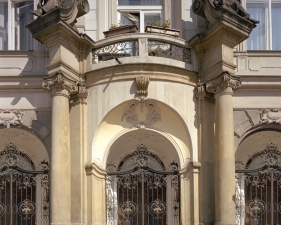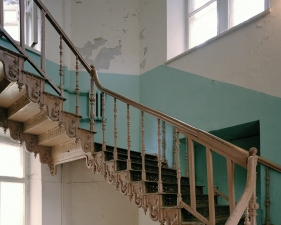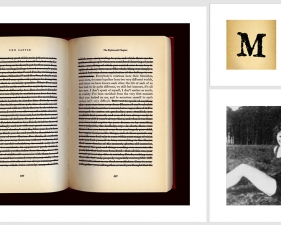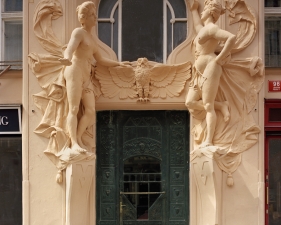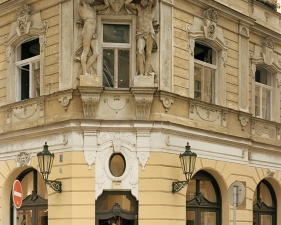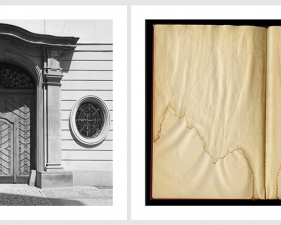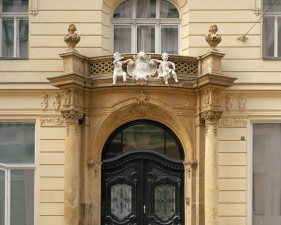Letters in the Dark: Franz Kafka and Milena Jesenská
Benrubi Gallery is proud to present Letters in the Dark: Franz Kafka and Milena Jesenská by media artist and photographer Doug Hall. An intimate, evocative work consisting of two synchronized black-and-white video projections and a selection of photographs, Letters in the Dark is based on a series of love letters between Franz Kafka and Milena Jesenská, a young translator who later became a journalist and editor before perishing in a Nazi concentration camp in 1944.
Jesenská was married when, in 1920, she wrote Kafka with a request to translate one of his stories into Czech. That letter led to a short, charged correspondence as philosophical as it was passionate, but Kafka ultimately broke off the relationship when Jesenská wouldn’t leave her husband. After Kafka’s death, Jesenská gave her copies of his letters to Max Brod, who published them in 1952 as Letters to Milena, but her letters to Kafka were either lost or destroyed.
Central to the video installation is Hall’s recreation of Jesenská’s letters, which he fashioned from fragments of her other writing, as well as stylistic and tonal cues in Kafka’s letters to her. Kafka’s letters issue from one projection, while Jesenská’s come from a second projection on the opposite wall. The spoken texts are accompanied by images of doorways, hallways, facades, gardens, and domestic interiors. The images hint at lives felt but not seen, and, as with the texts, some depict actual locations where Kafka lived and worked, while others were taken in Moscow and San Francisco, and act as proxies for Kafka and Jesenská. The presence of spray-painted graffiti and modern appliances reminds us of the historical remove, while the mixture of documentary and surrogate imagery acknowledges and engages with the interplay between the real and the imagined, the known and the unknowable, that colors any attempt to reread history. The result is not a simulacrum of an historical event but a new moment, informed by the past and the “poetics of non-arrival” that Judith Butler finds in Kafka’s love letters, but ultimately residing in each viewer’s experience of the installation.
An exhibition and monograph on Hall’s career, which spans 40 years with numerous pioneering contributions in performance, photography, video, and media installation, is in development for 2017-2018. His works are collected by the Berkeley Art Museum and Pacific Film Archive, California; Berlinische Galerie, Berlin; the Contemporary Art Museum, Chicago; the Mildred Kemper Lane Art Museum, St. Louis; the Museum of Modern Art, New York; Museum für Moderne Kunst, Vienna; Museum am Ostwall, Dortmund, Germany; Tate Modern, London; the San Francisco Museum of Modern Art; and the Whitney Museum, New York. He has received numerous awards and fellowships including from the Guggenheim Foundation, the Fulbright Foundation, and the Rome Prize at the American Academy Rome. He is Professor Emeritus at the San Francisco Art Institute.
Doug Hall received a BA in anthropology from Harvard College in 1966 and an MFA in sculpture from the Rinehart School of Sculpture of the Maryland Institute College of Art in 1969. That same year he moved to San Francisco where, in the late 1970s and early 80s, he came to prominence for his pioneering video and performance, done as a founding member of the multimedia art collective T.R. Uthco, as a collaborator with another San Francisco Bay Area collective, Ant Farm’ and, when those groups disbanded in the late 70s, as an individual artist.
In the late 1980s Hall’s interests shifted from video and installation to include large-scale photography, both as a means to critically document the way that spaces and visual structures organize and define human activity, and in order to remove the predetermined temporality of video from his audience’s experience of the work. Using digital technology to generate a resolution and focal depth beyond the limitations of the human eye, Hall pushes his photographs past the realm of literal description, ushering the viewer into an allegorical space in which the act of seeing itself comes under scrutiny. His images often “critique society,” in the words of one reviewer, “but he leaves his conclusions ambiguous
Hall’s work can be seen in the public collections of the San Francisco Museum of Modern Art; The Museum of Modern Art, New York; The Contemporary Art Museum, Chicago; The Berlinische Galerie, Berlin; University of California, Berkeley Art Museum and Pacific Archive; Museum für Moderne Kunst, Vienna; The Whitney Museum, New York; The Kemper Art Museum, St. Louis; and The Miami Museum of Art, Florida. Among the grants and fellowships that he has received are those from The National Endowment for the Arts, The California Arts Council, The Fulbright Foundation, The Rockefeller Foundation, and The Guggenheim Foundation. He was the 1995/96 recipient of The Gilmore D. Clarke & Michael Rapuano Rome Prize in Visual Arts from The American Academy in Rome. Currently he is Visiting Artist at the California College of the Arts, San Francisco/Oakland.




